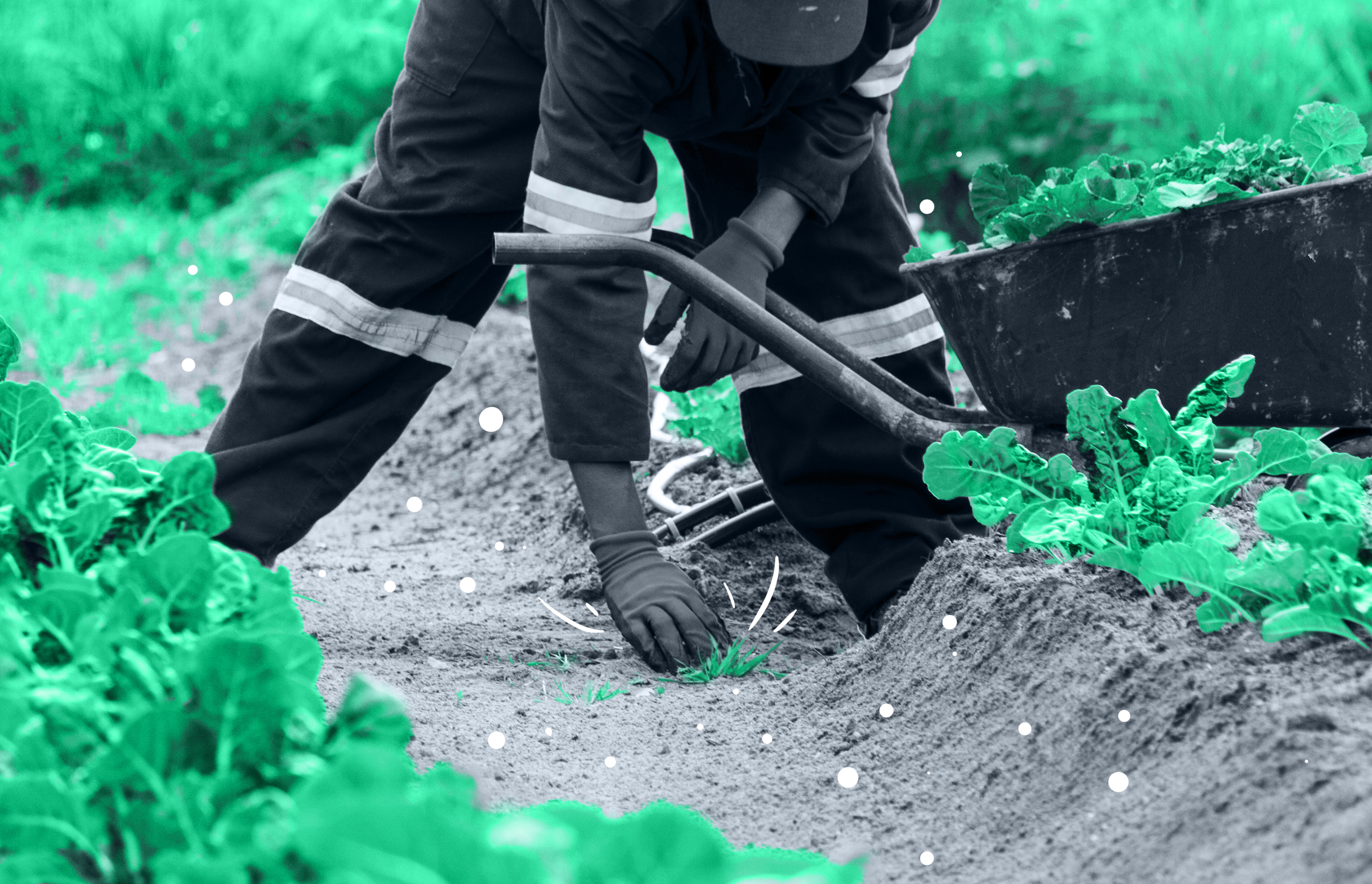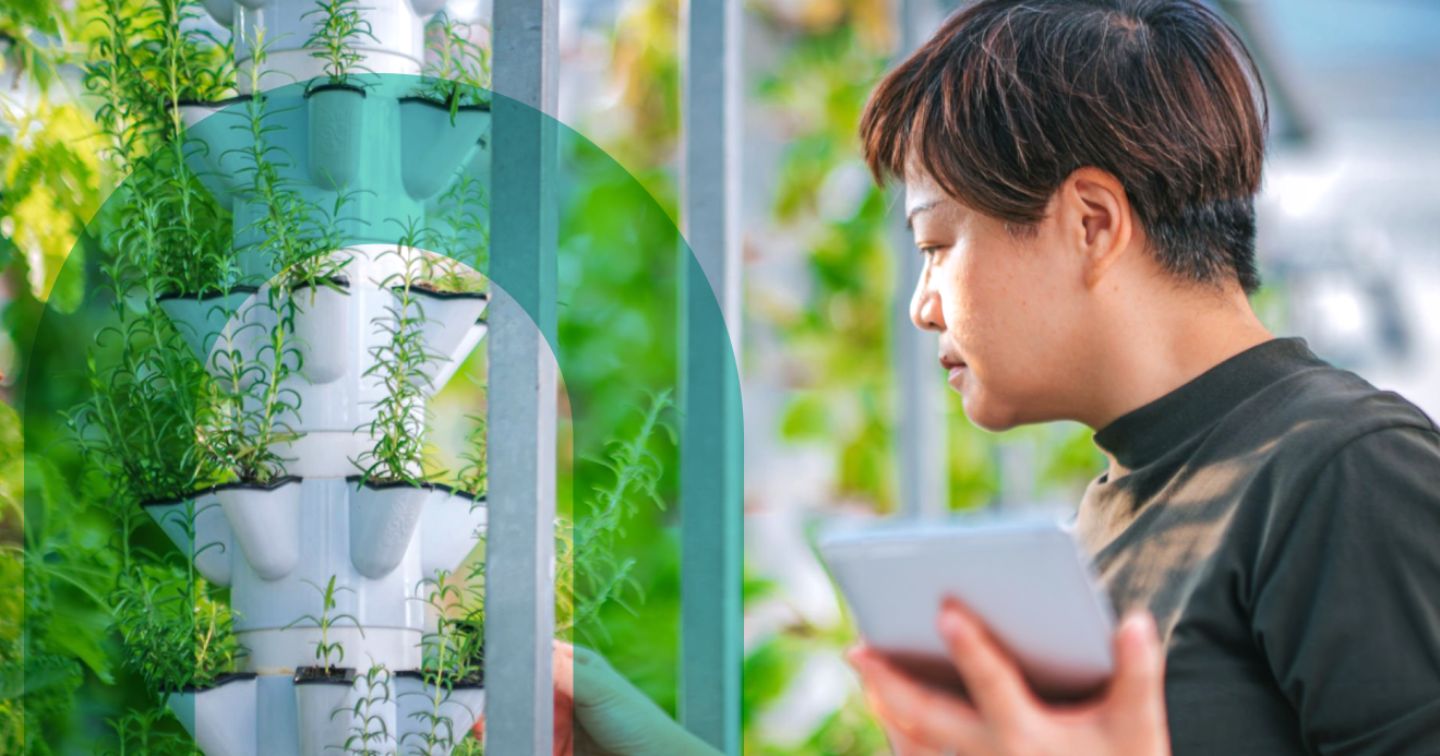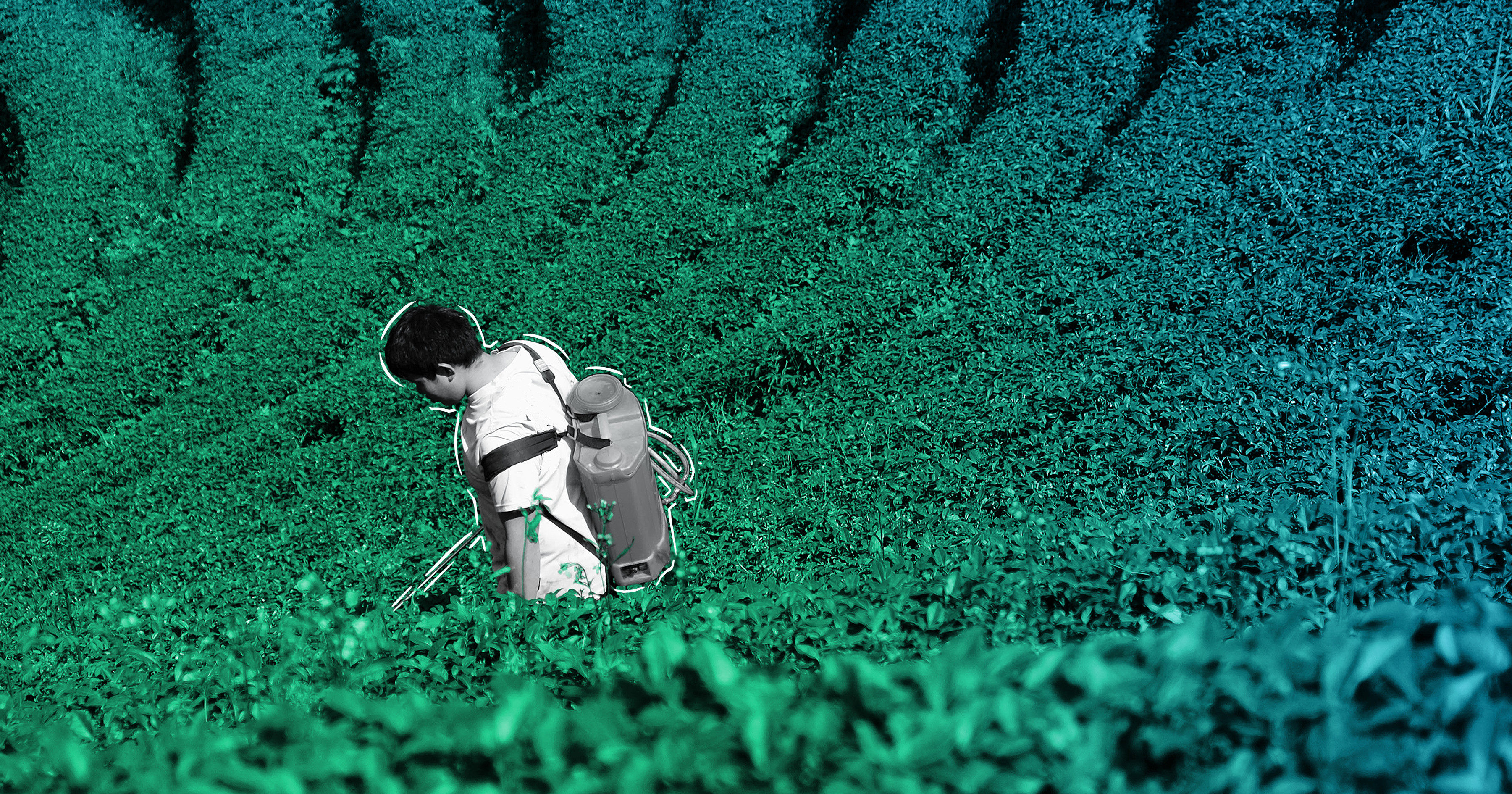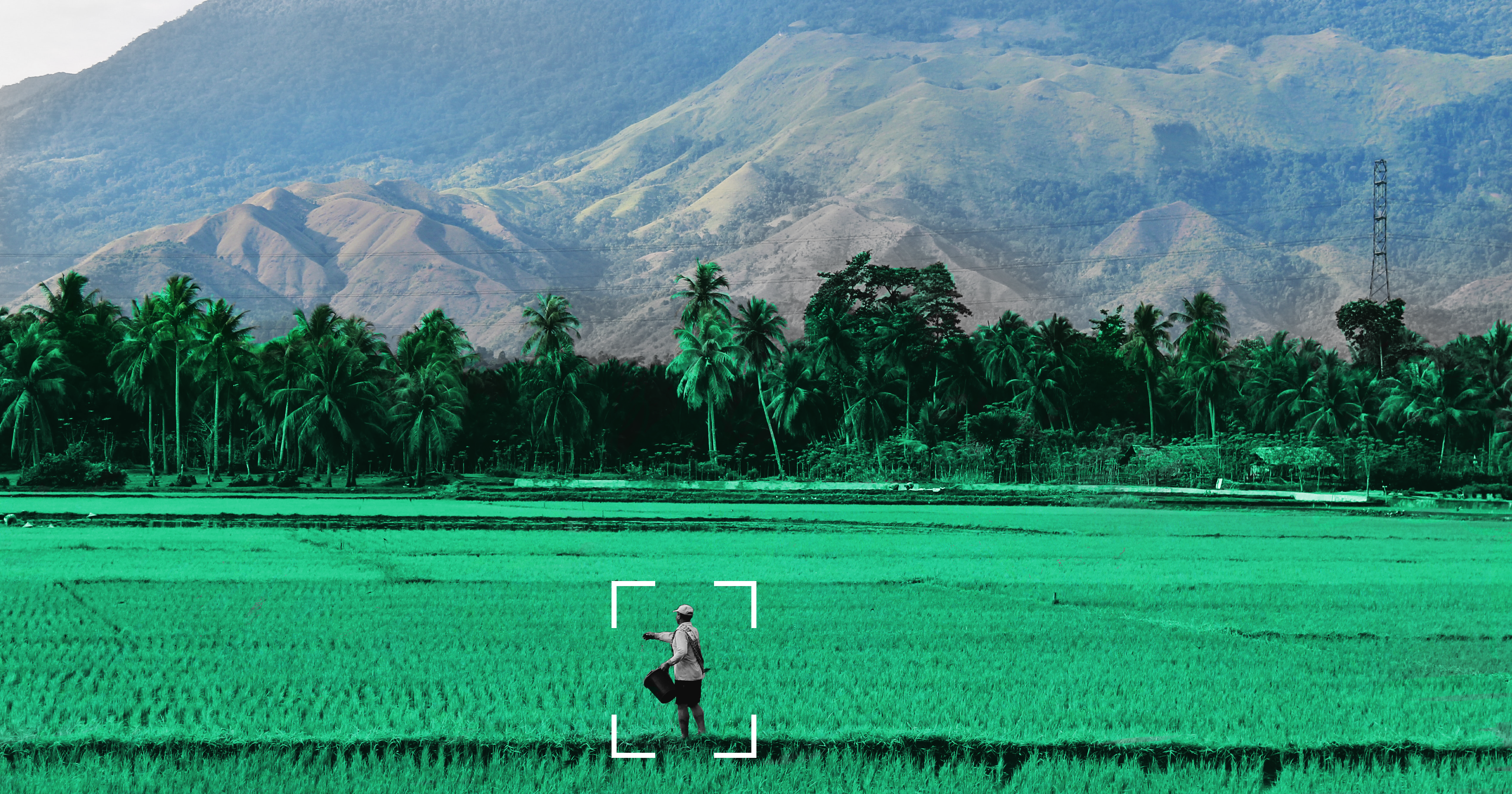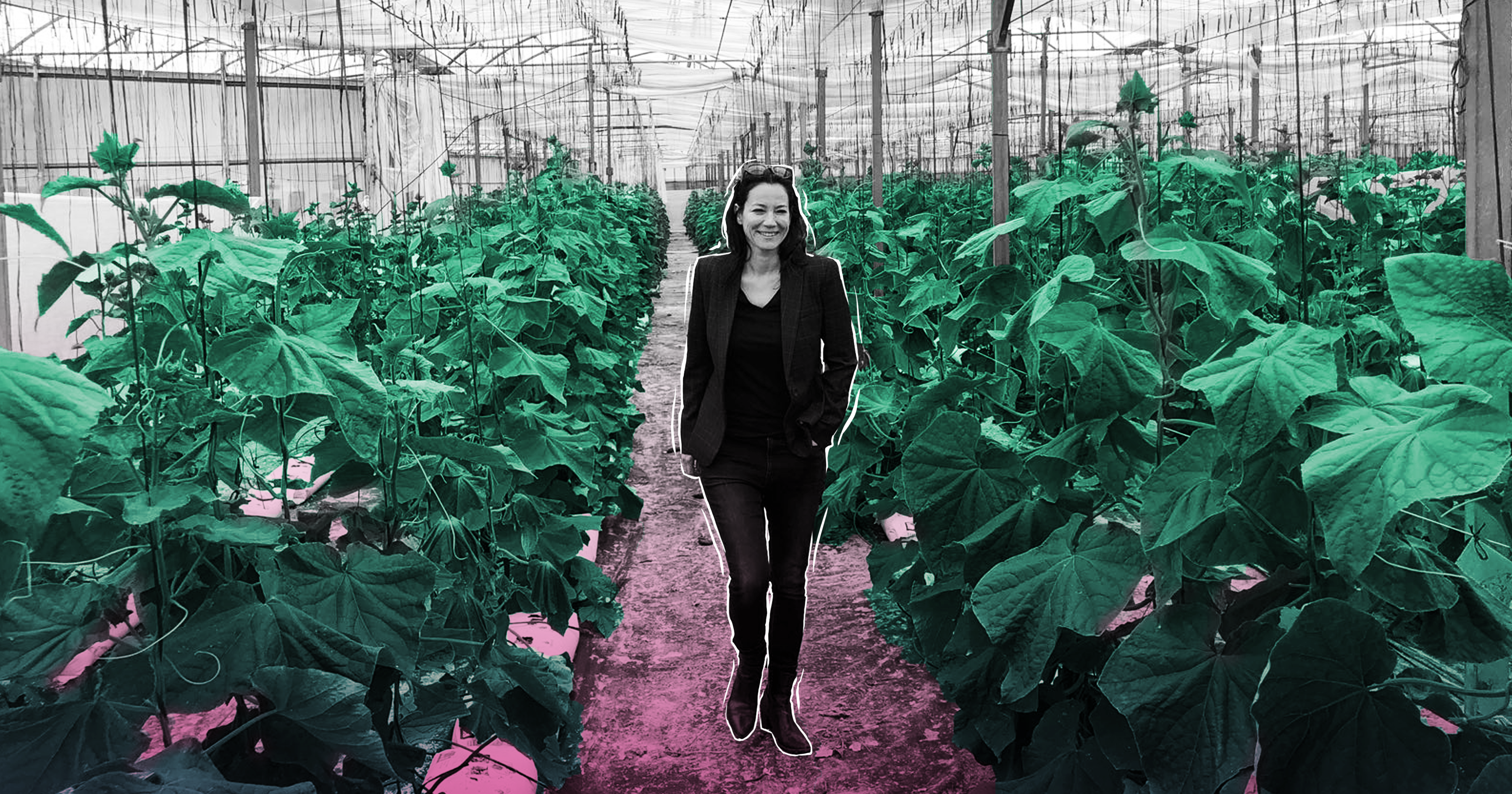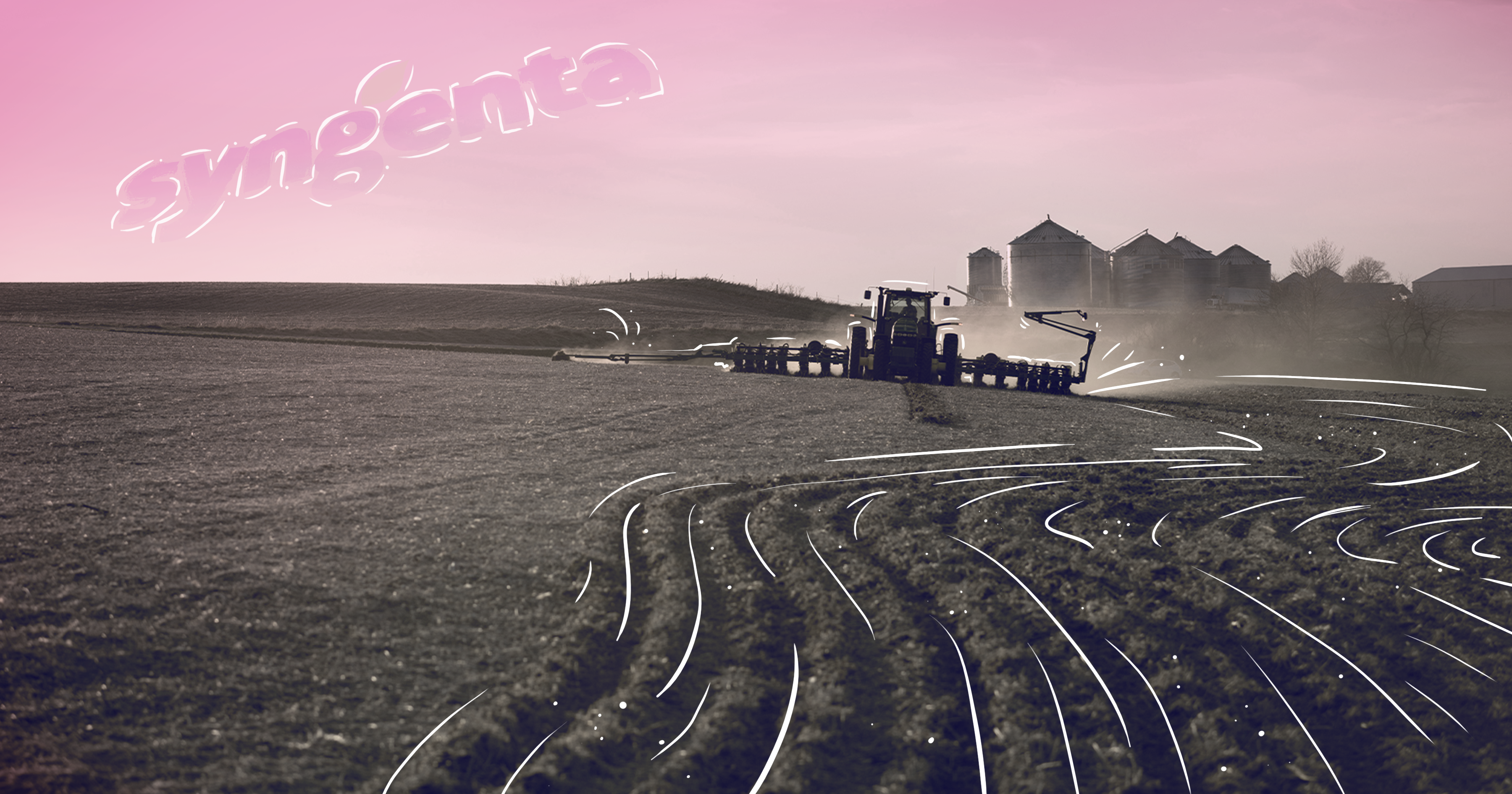Valent U.S.A. and Valent Biosciences are subsidiaries of Japan’s $30 billion Sumitomo Chemical Company. Last year, the companies partnered with Halo to seek solutions in carbon sequestration, plant growth regulators, and mycorrhizal fungi colonization.
Among proposals from nearly 100 universities, Valent U.S.A. and Valent Biosciences selected four researchers (including one research team) for fully-funded one year projects, with the opportunity for extension based on year-end results.
“These new connections aren’t just ‘expensive handshakes’—these projects are integral to our business. We are really [tackling] our aspirational challenges through partnerships,” according to Dr. Brian Lin, Technical Innovations Lead at Valent U.S.A.
Meet one of the investigators behind these proposals, and discover how her research contributes to the company’s goals to protect agricultural crops, enhance crop yields, improve postharvest quality, beautify the environment, reduce food waste and safeguard public health.

Measuring and modeling agricultural carbon sequestration through a microbial lens
Dr. Debjani Sihi is an Assistant Professor at Emory University in the Department of Environmental Sciences. Her research focuses on soil organic matter dynamics and greenhouse gas emissions from natural and managed systems. She received the prestigious Gene E. Likens Award from the Biogeosciences section of the Ecological Society of America in 2018 for her work in the field.
Tell us about your research.
Plant inputs serve as the primary source of soil organic carbon (SOC), which soil microorganisms ingest to build their tissue. After death, microbial necromass becomes part of persistent SOC. Mineral Associated Organic Matter (MAOM) consists of microscopic coatings on soil particles & derived primarily from microbial necromass. We are measuring proxies that correlate with the persistence of SOC like MAOM, microbial carbon use efficiency, microbial growth, turnover, and necromass to evaluate the efficacy of agricultural practices. Coupling microbial proxies with MAOM fractions with microbial models of soil carbon cycle will enable us to quantify agricultural soil carbon storage.
Can you explain that to a non-scientist?
Soil organic carbon regulates the capacity of soil to provide regulatory ecosystem services. However, measuring changes in SOC effectively warrants taking its differences into account. Current efforts (climate-smart land-management practices) to promote SOC storage miss a key point. An improved strategy to quantify the persistence of soil carbon sequestered under different land management practices is of paramount importance to meet the two most pressing problems facing our planet: climate change and food security. Measuring microbial proxies that correlate with the fraction of soil organic carbon that is likely to stay longer in soil (MAOM) has important environmental and socio-economic implications.
An improved strategy . . . is of paramount importance to meet the two most pressing problems facing our planet: climate change and food security.
Why did you choose this area of research?
An incomplete understanding of soil carbon dynamics in agriculture creates large uncertainties in the accurate quantifications of carbon sequestration and greenhouse gas emissions under various management practices. It is essential to develop effective climate change solutions that could protect the environment and support sustainable management of natural resources. Therefore, I am motivated to identify an innovative solution to evaluate the impact of climate-smart land-management practices, which also have important policy implications. This study will evaluate the dynamics of soil organic carbon using microbial proxies, which holds promise for better quantification of the persistence of SOC.
What are some of the real-world applications of your work?
The U.S. government targets to reduce greenhouse gas emissions by 50% below 2005 levels by 2030. Soil carbon sequestration in agriculture offers a nature-based solution to climate change that can also ensure a sustainable food future. We expect that the findings will provide an innovative solution to evaluate the impact of climate-smart land-management practices, which have important policy implications. This effort also extends opportunities to develop synergies with international activities like the “4 per 1000” initiative and help meet several sustainable development goals related to zero hunger, responsible consumption and production, climate action, and life on land.
Soil carbon sequestration in agriculture offers a nature-based solution to climate change that can also ensure a sustainable food future.


